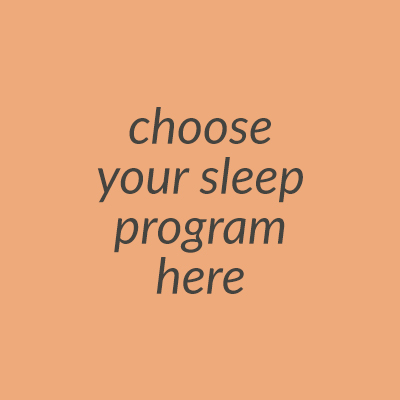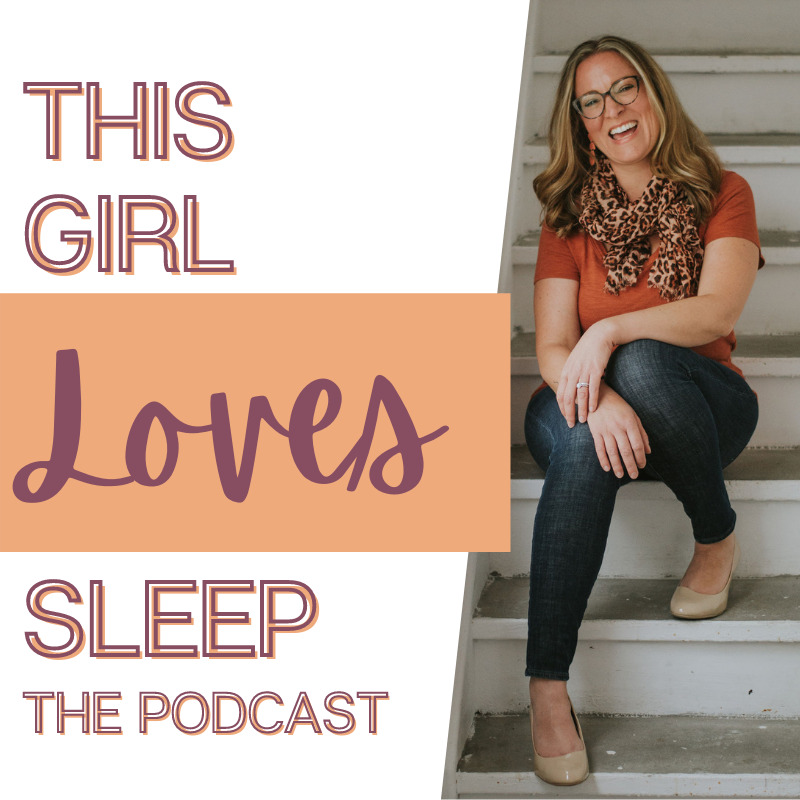When a baby depends on external help to fall asleep, that is called a negative sleep association. A negative sleep association can be rocking to sleep, pacifier dependency, or feeding to sleep. If your baby needs help to fall asleep at bedtime, he will also need help falling back to sleep if he has a night waking. This is a sign that it is time for your baby to learn independent sleep skills. There are a variety of ways to help your baby learn to fall asleep on his or her own. They are called sleep training methods. There isn’t one right method for everyone. So read up on the options available to you and be sure to pick the sleep training method that is best for your family.
Extinction (aka Cry It Out)
In this direct method, you complete your bedtime routine and put your baby to bed in his crib and don’t go back in unless it’s time for a feeding or time to wake up for the day. This method normally gets results the fastest and can be the easiest to be consistent with.
Sign Up For Our Newsletter
Pause & Peek
For this sleep training method, also known as the Ferber Method or gradual timed checks, you give your baby a brief check at predetermined, timed intervals. The intervals gradually get longer until your baby falls asleep. Each subsequent night you start at a slightly longer interval. The purpose of the check is to reassure your baby. This sleep training method is more gradual than Extinction but is effective if done consistently.
Chair Method
This sleep training method, also known as the Fade Away Method, entails taking a chair and placing it near your child’s crib or bed. You sit in the chair until your child falls asleep. Just like the Pause & Peek Method, your presence in the chair should be reassuring for your child. Repeat for any nightwaking. Over time, you gradually move the chair farther away from the crib and out of the room. This method takes the longest out of the three, but with consistency, it can be effective.
Which Sleep Training Method Should I Choose?
There are many factors that go in to choosing a sleep training method. Here are a few of them:
- Your baby’s age—Formal sleep training shouldn’t take place until your baby is at least 4 months old (adjusted accordingly for early or pre-term births).
- Your baby’s personality—You need to consider your baby’s temperament when choosing a sleep training method. Is your baby more flexible and easy going? Or strong-willed and sensitive?
- What you can be consistent with—consistency is the most important piece to any sleep training method. As a parent, you need to choose the method you know you can stick to, otherwise it won’t work!
There is no magic word to say, or dance to do, to get your baby sleeping independently. It takes effort, a well-thought-out plan, and consistency to make long term sleep changes. Sleep training methods are one of the most important pieces in a sleep plan. Remember: the sleep training method is one piece of a complete sleep plan. The sleep environment, timing of sleep, and consistency are all important elements of any sleep plan, in addition to the sleep training method that is right for your family.






